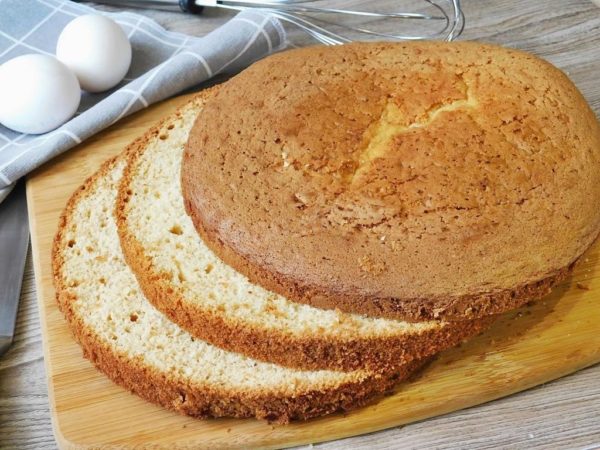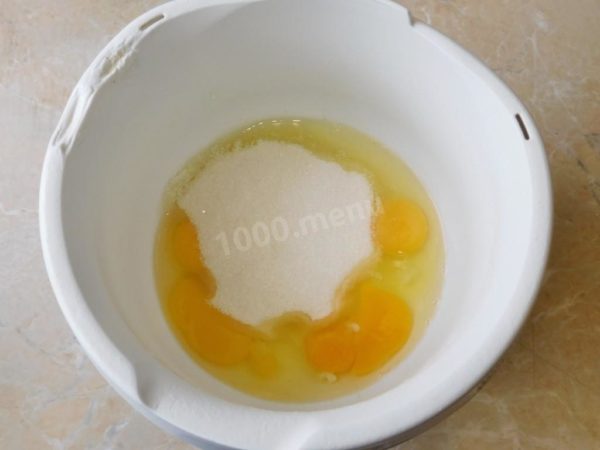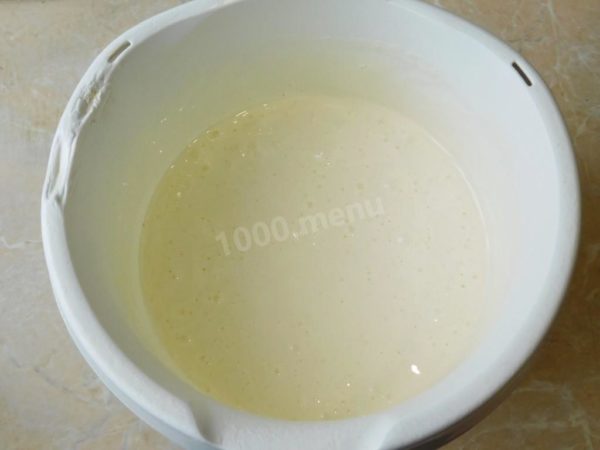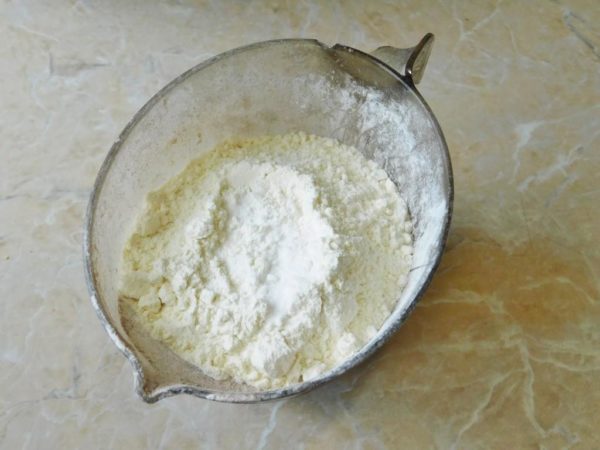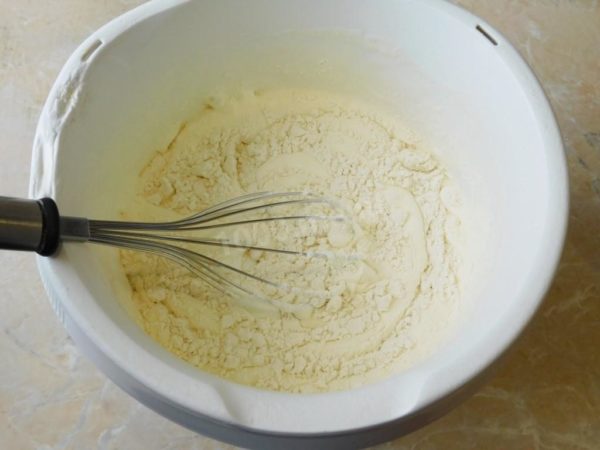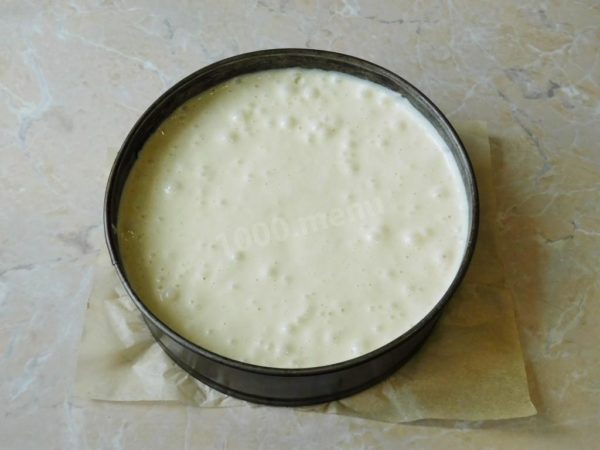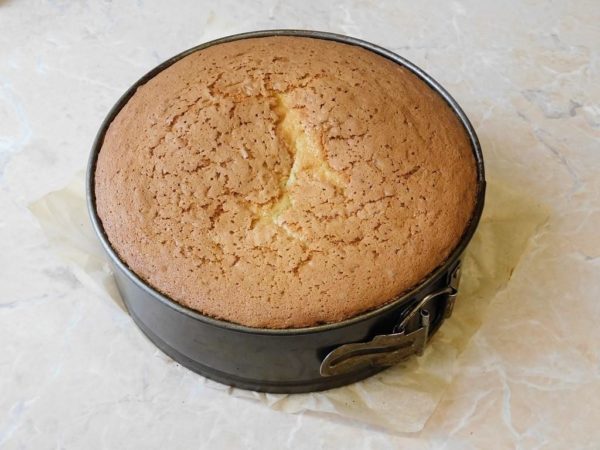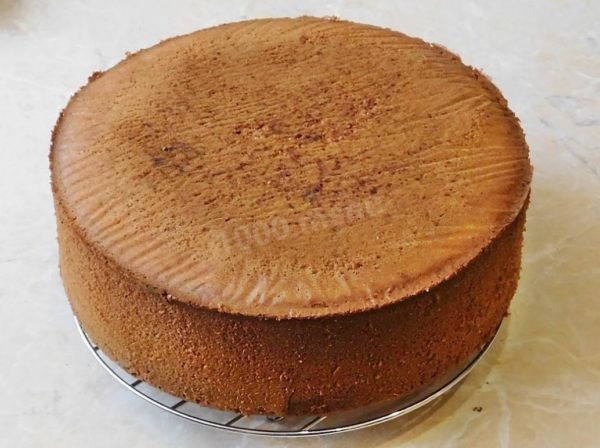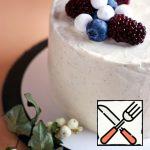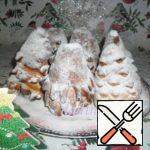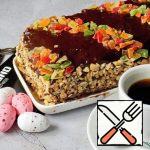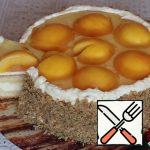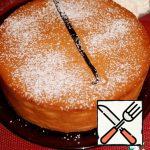| Prep Time | 10 minutes |
| Cook Time | 1 hour |
| Passive Time | 25 minutes |
| Servings |
|
- 4 pieces Eggs
- 180 gram Sugar
- 130 gram Wheat flour / Flour
- 1 teaspoon Baking powder
- 1 gram Vanillin
Ingredients
|
- Begin adding the sifted flour mixture to the beaten eggs in small portions. Gently fold it into the batter using a whisk, aiming to retain as much of the air bubbles in the eggs as possible. Be cautious not to overmix, as this can cause the batter to deflate. Adjust the amount of flour as needed to achieve a moderately liquid sour cream-like consistency.
- Pour the prepared batter into a baking dish, preferably one with a removable bottom, measuring 18-20 cm in diameter. Line the bottom of the dish with baking paper. Place the dish in the preheated 180-degree oven and bake for approximately 40 minutes. Avoid opening the oven during the first 20-30 minutes to prevent the cake from collapsing. The specified time and temperature are approximate; you can find more details in the linked article.
- To check if the cake is done, gently press it on top. If it springs back to its original shape, it's ready and can be taken out of the oven. Alternatively, use a toothpick: insert it into the center of the cake and remove it – if it comes out dry, the cake is ready. Run a sharp knife around the edges of the cake to loosen it from the sides of the pan, and then remove it.
Making a fluffy sponge cake is a simple task that even beginners can tackle with ease. This cake is straightforward to prepare and results in a light and airy texture.
This sponge cake can be considered a basic recipe, requiring minimal ingredients. It serves as a versatile foundation for various more complex recipes.
While you can omit baking powder from the recipe, the eggs should be beaten so thoroughly that they provide ample lift to the cake. Nonetheless, for added assurance, a pinch of baking powder is included.
Be prepared for slight variations in the amount of flour needed. Focus on achieving the desired dough consistency rather than adhering strictly to the specified quantity.
Please note that ovens can vary, so the temperature and baking time may deviate from the recipe's instructions. Adjust accordingly based on your oven's behavior.
